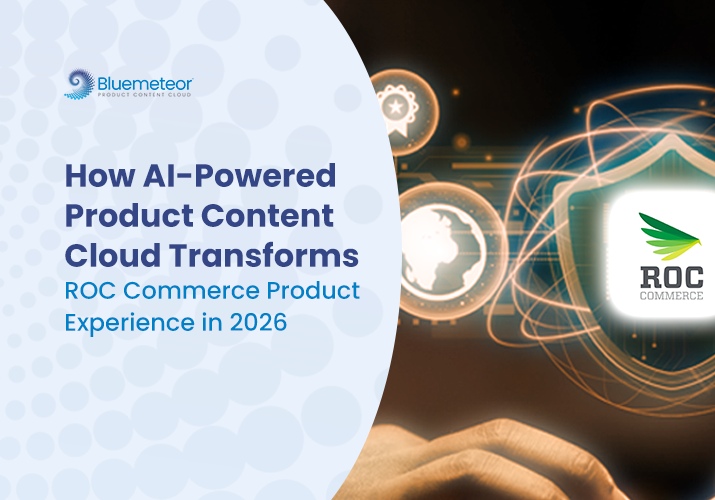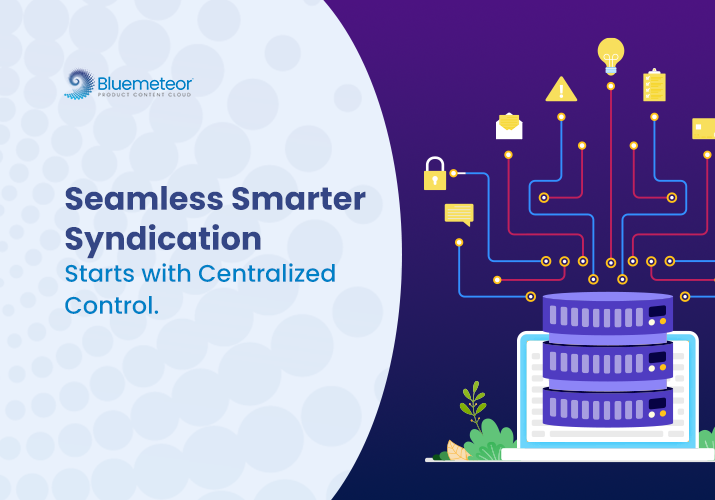Top 5 Product Lifecycle Management Secrets to Create Products Your Customers Will Love

Ever feel like product development is a constant uphill battle? You’ve been there – pouring time, money, and effort into a new product, only to see it miss the mark. Or maybe you’re stuck in a product development cycle that feels never-ending, with last-minute changes, miscommunication, and general mess. Effective Product Lifecycle Management could be the key to breaking this cycle and ensuring smoother development from start to finish.
It’s frustrating, right?
But here’s the good news, it doesn’t have to be this way.
If you’re looking to turn that frustration into seamless progress, the key might just lie in integrating Product Lifecycle Management (PLM). Don’t worry, it’s not just another buzzword.
PLM is a powerful tool to help you stay organized, on track, and aligned with what your customers actually want.
In this post, we’ll walk you through five key secrets of PLM that can help you simplify your processes, keep your teams aligned, and most importantly—create products your customers will love.
Oh, and we’ll show you how accurate product content plays a huge role in making this all work, even if you’ve never thought of it that way before.
Ready to jump in?
Before we get into the tips, let’s discuss what exactly PLM is.
In the simplest terms, it’s about managing a product from the very first spark of an idea to when it’s eventually retired. It’s the process of overseeing every phase, making sure your team knows exactly what needs to happen, when, and how.
But here’s the first real takeaway – Accurate product content is at the heart of good PLM.
Without reliable, up-to-date info on things like materials, specs, and features, you’ll constantly run into roadblocks.
PLM helps centralize all of this, so everyone in your organization has access to the same, accurate data.
Now, let’s get to the second secret: if you don’t have a PLM strategy in place from the very beginning, you’re asking for trouble.
Many businesses make the mistake of figuring things out on the fly, and it often leads to missed opportunities and disjointed product development.
A solid PLM strategy ensures that everyone involved in the product’s lifecycle—from design to marketing to production—is on the same page.
And it makes sure that product content is always accurate and accessible.
That means less wasted time, fewer errors, and a product that’s far more likely to succeed once it hits the market.
The third secret is understanding how accurate product content simplifies the different stages of PLM.
A product goes through several key phases, like:
- Conception: This is where ideas come to life.
- Design & Development: Turning those ideas into something real.
- Manufacturing: Getting the product built and into production.
- Marketing & Distribution: Putting your product out there for customers.
- Monitoring & Support: Ensuring performance and customer satisfaction with ongoing support and feedback.
- End-of-Life: Eventually retiring or phasing out the product.
Accurate product content connects all these dots.
When everyone has access to the same info, each stage becomes less chaotic.
Imagine not having to scramble for the latest product specs or details during a launch—the right data is already at your fingertips.
Here’s the deal: trying to manage the entire product lifecycle manually is a recipe for headaches.
The fourth secret? Use PLM tools. These tools streamline communication between departments, track product changes, and ensure everyone’s working from the same source of truth.
The best part?
There are great tools out there designed to help companies of all sizes, from scrappy startups to major enterprises. And when these tools sync up with platforms that manage your product content, like Bluemeteor Product Content Cloud.
Top notch tools keep things running smoothly and help avoid those last-minute surprises.
If there’s one thing you should remember from this post, it’s that accurate product content is crucial for keeping everything on track.
That’s where Bluemeteor Product Content Cloud really shines.
While PLM systems are fantastic at managing the overall product lifecycle, our Product Content Cloud takes it a step further by ensuring every detail about your product—whether it’s descriptions, features, or specs—is spot on and easy to find.
With trends constantly changing, especially in today’s fast-moving e-commerce world, accurate product content is a must-have.
Think about it—when your customers are browsing, they depend on product descriptions, images, and specs to make their decisions. If that info isn’t consistent or clear across different platforms, it can lead to confusion, or worse, a loss of trust.
This is why aligning your PLM strategy with something like Product Content Cloud is so important. It ensures your product data is always up-to-date, accurate, and consistent across all your customer touchpoints, giving you confidence and keeping your customers happy.
Q. What’s the difference between PLM and PIM?
Ans. PLMs manage a product’s journey from conception to retirement stage while PIM concentrates on handling product information for marketing and sales platforms. They work in harmony, with PLMs ensuring the accurate construction of products and PIM ensuring their marketing and sales strategies.
Q. Is Bluemeteor Product Content Cloud a PLM tool?
Ans. Not quite. While Bluemeteor Product Content Cloud isn’t technically a PLM tool, it works seamlessly alongside PLM systems.
Bluemeteor Product Content Cloud is a groundbreaking AI-powered cloud data platform that fundamentally changes how companies onboard, manage, optimize, and syndicate product content by unlocking the limitations of traditional PIM and data management solutions with unparalleled ease of use and rapid implementation.
To develop products that appeal to consumers preferences and needs effectively, it is crucial to excel in both Product Lifecycle Management (PLMs) and ensuring product information.
By utilizing these five tips and leveraging tools such as Product Content Clouds you can streamline your product cycle successfully while minimizing mistakes and meeting your customers needs precisely.
Master the art of adopting and executing these methods not to streamline your team’s workflow but also to gain a strategic advantage in the market.
Ensure that your products make a statement by making sure that every aspect from the design to customer engagement is guided by reliable data.
P.S. We’re offering “Free Personalized PIM demo,” interested contact us today!




